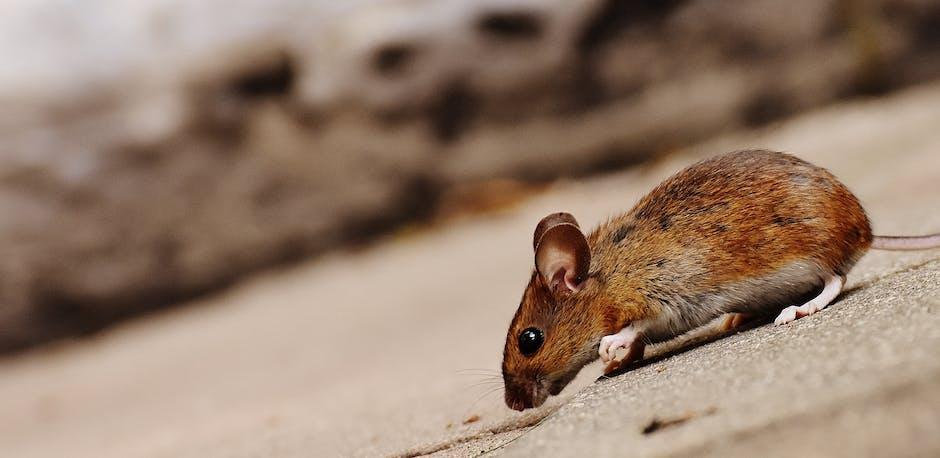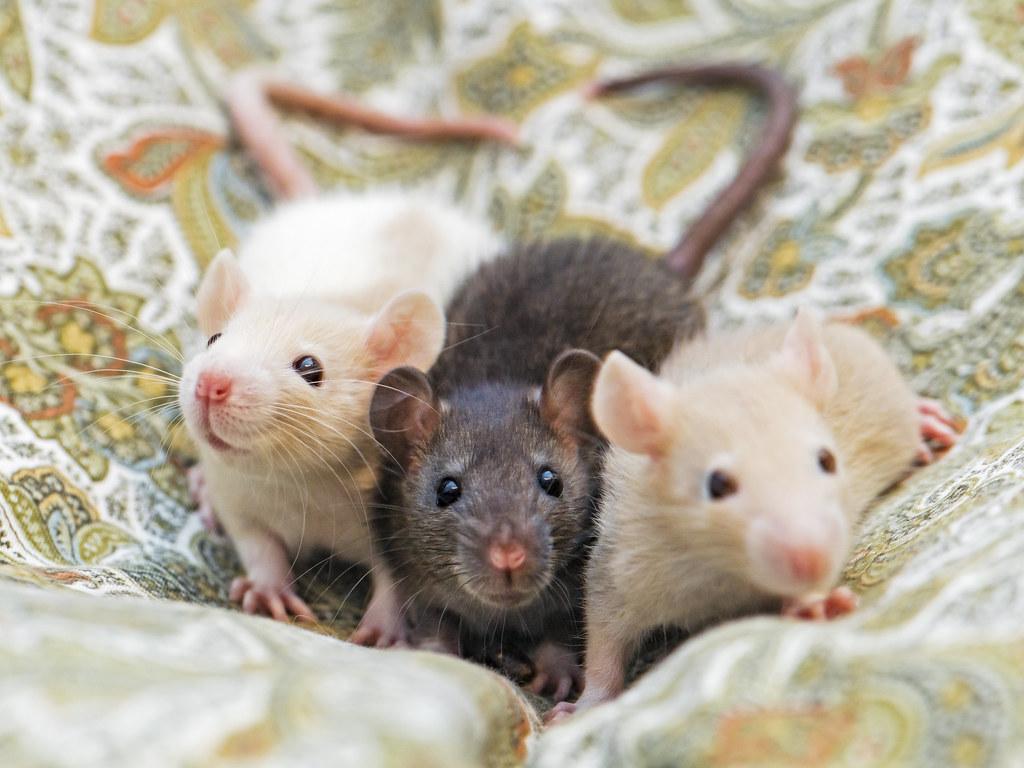Bringing a new baby home is an exciting experience for any family. But before you do, it’s important to make sure your home is free of pests. Pest control can be an effective way to keep your home safe from pests, but it can also come with some safety risks for your baby. So, how long after pest control can you bring your baby home? This article will provide an answer to this question and provide tips on how to ensure a safe environment for your baby after pest control.It is best to wait at least 24 hours after the pest control has been completed before bringing your baby home.
Safety Considerations for Bringing Baby Home After Pest Control
When it comes to pest control, safety should always be the number one priority. If you have a baby in your home, there are extra precautions that should be taken when bringing them back into the house after pest control has been completed. Here are some safety considerations to keep in mind when bringing your baby home after pest control:
Check For Chemical Residue
Before bringing your baby back into the house, it is important to check for any remaining chemical residue from the pest control process. Make sure all areas where chemicals were applied have adequately dried and that any residual pesticides or other toxins have been completely removed.
Ventilate The House
Once you’ve checked for chemical residue, it’s a good idea to open windows and doors to ensure proper ventilation and air flow throughout the house. This will help dissipate any remaining fumes and create a safe environment for your baby.
Discard Any Remaining Pesticides
Once you’ve ensured that all residues of chemicals have been removed, make sure to discard any remaining pesticides or insecticides properly. If there are still containers of these materials in the house, they should be disposed of according to local regulations and laws as soon as possible.
Keep Rooms Clean
In addition to discarding any remaining pesticides, it’s also important to keep rooms clean by vacuuming regularly and wiping down surfaces with a damp cloth. This will help remove dust particles that may have been stirred up during the pest control process and ensure that your baby is surrounded by a clean environment.
Avoid Areas Where Pesticides Were Applied
Once you’ve brought your baby home, try to avoid areas where pesticides were applied until they have had time to fully dry. These areas may still contain chemicals that could be harmful if inhaled or ingested by your child, so it is best to avoid them until they have had time to dissipate completely.
Following these safety considerations can help ensure that your baby is safe when returning home after pest control has been completed. Taking extra steps such as ventilating the house, discarding remaining pesticides properly, keeping rooms clean and avoiding areas where pesticides were applied can all help create a safe environment for your little one.
Pest Control Chemicals and Effects on Infants
Pest control chemicals are widely used to prevent and remove pests from homes, gardens, and other areas. While these chemicals can be effective at eliminating pests, they can also have potentially harmful effects on infants. This is especially true when these chemicals are used around infants or in close proximity to them. It is important to understand the potential risks of pest control chemicals and how to minimize exposure for infants.
The most common types of pest control chemicals are insecticides, fungicides, and rodenticides. These chemicals can be toxic if inhaled or ingested by infants, and may also cause skin irritation if exposed to the skin for extended periods of time. In addition, some of these chemicals may cause respiratory issues in infants due to their composition or if used in large quantities near them.
To minimize the risk of exposure for infants, it is important to use pest control products safely. Always read the label before using any product, including directions for proper use and safety instructions. When using products around infants, it is important to keep them away from the area while applying the product and ensure that all surfaces are wiped down afterwards. Additionally, it is important to ensure that all containers with these products are labelled appropriately so that they cannot be mistaken for food or drink items by an infant.
It is also important to use natural alternatives when possible as these are much safer for use around infants than chemical-based pest control solutions. Natural alternatives include traps, bait stations, sticky traps, repellents such as essential oils or citronella candles, and beneficial insects such as ladybugs or lacewings which feed on pests but do not harm humans.
Overall, it is important to be aware of the potential risks associated with pest control chemicals when used around infants. By following safety precautions and using natural alternatives whenever possible, you can help protect your infant from any potential harm caused by these products.
Protect Yourself and Your Baby After Pest Control
Taking pest control measures around your home is important for keeping your space free of pests. However, it’s essential to take the necessary steps to protect both yourself and your baby after the pest control is completed. The following are some tips for doing this safely and effectively:
Seal Off Areas
If you have had to use a fumigant in order to get rid of the pests, then it is important to seal off any areas that may be affected by the fumes. This includes closing off any doors or windows that may lead into an area where fumes could linger. You should also make sure that any fans or air conditioning units are turned off during this time, as they can help spread the fumes.
Ventilate The Area
Once you have sealed off the area, it is important to make sure that you properly ventilate it. Open up any windows or doors in order to let fresh air circulate throughout the space. This will help clear out any lingering fumes and make sure that the area is safe for both you and your baby.
Wash Any Clothes Or Bedding
If you have used a pesticide around your home, then it is important to wash any clothes or bedding that may have been exposed to it. Even if they were not directly exposed, they could still contain traces of the pesticide, which can be harmful if inhaled or ingested. Make sure to read all of the instructions on how to properly wash them before washing them in order to avoid any potential risks.
Keep Your Baby Away From The Area
Finally, it is important to keep your baby away from the area where the pest control was done until it has been fully ventilated and cleaned up. This will ensure that they do not come into contact with any lingering pesticides or other hazardous materials. It is also a good idea to make sure that they have no access to any areas where pesticides were used until you are certain that all traces of them have been removed.
By following these tips, you can ensure that both yourself and your baby remain safe after a pest control procedure has been done around your home. Taking these steps will help ensure that everyone remains healthy and safe while still getting rid of those pesky pests!
Signs of Infant Health Issues After Pest Control Exposure
It is important for parents to be aware of the signs of infant health issues after pest control exposure. Pest control products can be hazardous for infants and children, as their bodies are still developing and are more susceptible to the effects of these chemicals. It’s important to recognize the signs of a health issue so that parents can take appropriate action if needed.
Common signs that an infant may have a health issue related to pest control exposure include: coughing, wheezing, difficulty breathing, rashes or skin irritation, redness or discoloration of the skin, eye irritation or tearing, and nausea or vomiting. If any of these symptoms occur after pest control has been used in the home it is important to consult a doctor immediately.
In addition to symptoms in infants, parents should also watch for changes in behavior such as irritability or fatigue. Parents should be especially aware if their infant begins to experience an unusual number of illnesses or infections after pest control use. As with any health issue, it is important to seek medical advice if there is any concern about possible exposure.
Parents should take steps to protect their infants from potential health issues related to pest control exposure by understanding what products are used in their home and how they can reduce exposure. It is also important to keep infants away from areas that have been recently treated with pest control products and avoid using them at all when possible. By following these simple steps parents can help ensure that their child’s health is not compromised by exposure to dangerous chemicals.

Reducing Risk of Exposure to Pest Control Chemicals
Pest control chemicals can be hazardous and potentially cause health issues if not used correctly. To reduce the risk of exposure to pest control chemicals, follow these tips:
1. Use protective gear when applying pest control chemicals. Protective gear includes long-sleeved shirts, long pants, gloves, goggles, and a respirator. Make sure you wear all the protective gear each time you apply a chemical for pest control.
2. Follow the directions on the product label carefully. It is important to read all instructions before applying any chemical for pest control. Make sure you use the correct amount of the product according to the label instructions and do not exceed recommended application rates.
3. Do not use pesticides in areas where children or pets can access them directly or indirectly (through water runoff). Pesticides should only be applied in areas that are not easily accessible by children or animals.
4. Store pesticides properly in their original containers and out of reach of children and pets. Make sure that the containers are tightly sealed at all times and stored in a cool, dry place away from food and beverages.
5. Dispose of unused pesticides properly according to local regulations. Do not pour unused pesticides down drains or onto soil or vegetation as this can contaminate water sources and harm wildlife habitats.
When Can You Re-enter Home After a Pest Treatment?
Re-entry into your home after a pest treatment depends on the type of treatment that has been completed. Generally, you should be able to re-enter your home within an hour of most treatments, however, this can vary depending on the product used and the severity of the infestation.
If a pesticide has been used, it is important to follow all instructions and safety protocols provided by the technician. Most products contain warning labels and instructions for re-entry and should be followed precisely. In some cases, you may need to wait up to 24 hours before re-entering your home.
In addition to waiting times for pesticide treatments, there may be other considerations such as ventilation or air flow through the home. If pesticides have been used in an enclosed space such as an attic or crawlspace, it is important to make sure that these areas are well ventilated before anyone re-enters them. This will help to ensure that any residual chemical fumes are dispersed effectively and safely before anyone is exposed to them.
If you have any questions or concerns about when you can safely re-enter your home after a pest treatment, it is best to contact your local pest control company or technician for advice and guidance on what steps need to be taken before entering your home again. Proper safety protocols should always be followed in order to ensure the health and safety of everyone in your family.
Safe Pest Treatments for Babies
When it comes to preventing and treating pests in your home, safety should be the top priority when you have young children. It’s important to understand what kinds of pest treatments are safe for babies and infants so that you can make sure your family is protected from any health risks. Here are a few tips on choosing safe pest treatments for babies:
Choose natural, non-toxic treatments. Whenever possible, try to opt for natural pest treatments that use ingredients such as essential oils and herbs instead of harsh chemicals. These types of solutions are typically much safer for babies and won’t cause any adverse reactions. Make sure to read the labels of any products you buy and avoid using anything that contains potentially toxic ingredients.
Opt for baiting instead of spraying. Spraying insecticides can be very hazardous, especially in areas where babies may be crawling or playing. To avoid this, opt for baiting systems that will attract pests without the need for spraying any dangerous chemicals in your home. Baiting systems are also much less intrusive than traditional sprays and won’t leave a lingering odor in your home.
Keep all pest treatments out of reach of children. Even if you are using safe pest treatments, it’s important to keep them out of reach of children at all times. Store them in a secure place where young ones cannot access them, such as a locked cabinet or pantry shelf. This will help ensure they don’t accidentally ingest any dangerous chemicals or get exposed to them in other ways.
These tips will help ensure that you choose the safest possible pest treatments for your family when dealing with infestations in your home. Remember to always read labels carefully before purchasing any products, and keep all hazardous materials out of reach of children at all times!

Conclusion
It is important to take into consideration the type of pest control used and the safety of any products used before bringing a baby home. It is also necessary to ensure that all pests have been adequately treated and the area is safe for a baby or young child. It is best practice to wait at least two days after pest control before bringing a baby home. This will give enough time for any chemicals used to dissipate and any remaining pests to be eliminated.
It is important to also keep in mind that not all pest control companies are equal, and some may use more hazardous products than others. Therefore, it is important to do proper research when selecting a company for pest control services. Furthermore, it is wise to consult with a doctor or other health care professional if there are any concerns about the safety of the home environment after pest control has been completed.
In conclusion, when considering how long after pest control can I bring baby home, it is best practice to wait at least two days after the completion of pest control services before bringing a baby into the home environment. This will ensure adequate time for any chemicals used to dissipate, as well as eliminate any remaining pests from the area. Additionally, conducting careful research on pest control companies and consulting with medical professionals can help ensure that the home environment is safe for babies or small children.




